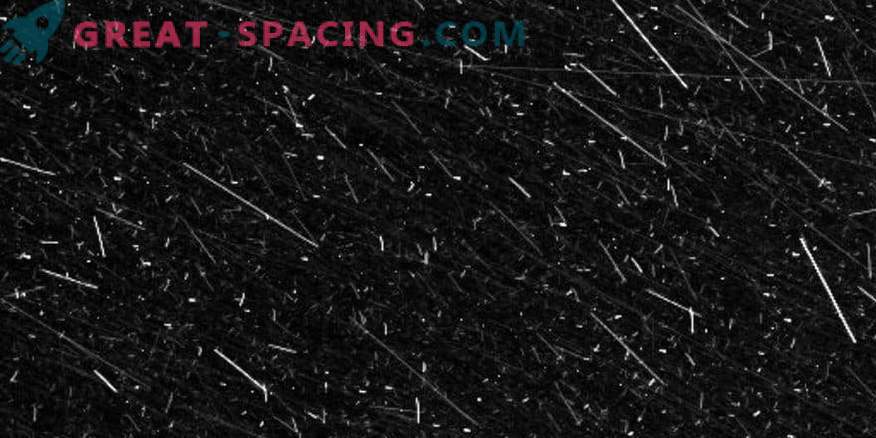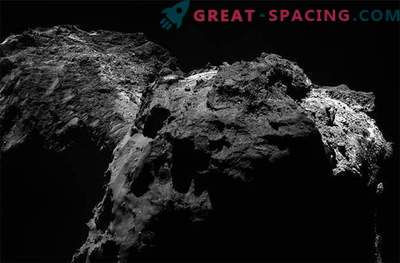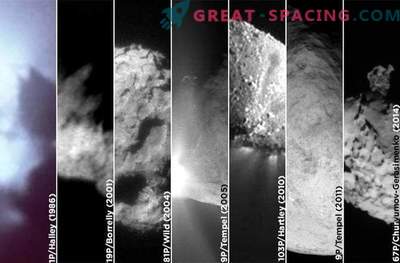
The Earth boasts a variety of weather conditions, but in space the situation is very different. Rosette’s mission had to cope with a kind of space blizzard for 2 years, making its way along with comet 67P / Churyumov-Gerasimenko in 2014-2016.
The device withstood endless impacts of dust grains, activated by the approach of a comet to the Sun. This picture was extracted on January 21, 2016, when Rosetta flew at a distance of 79 km from the comet. At that moment, the device was approaching the object when it was closer to the Sun, because of which it was necessary to increase the distance (cometary activity threatened safety).
The image shows that the cometary environment is extremely chaotic. The lines are created by dust grains flying in front of the Rosetta camera with a 146-second exposure. A huge amount of dust creates a serious risk to navigation. The manual used the star recognition function to navigate relative to the Sun and the Earth. Despite the danger, dust is interesting to study. Three devices of the device were able to examine tens of thousands of grains, analyzing their composition, mass, momentum, speed, and even create a 3D structure.
Rosetta reached the goal in August 2014, dropping the Fila's landing gear to the surface. The mission ended in 2016, when Rosetta sat on a comet, receiving more than 100,000 valuable images on the OSIRIS camera.











































